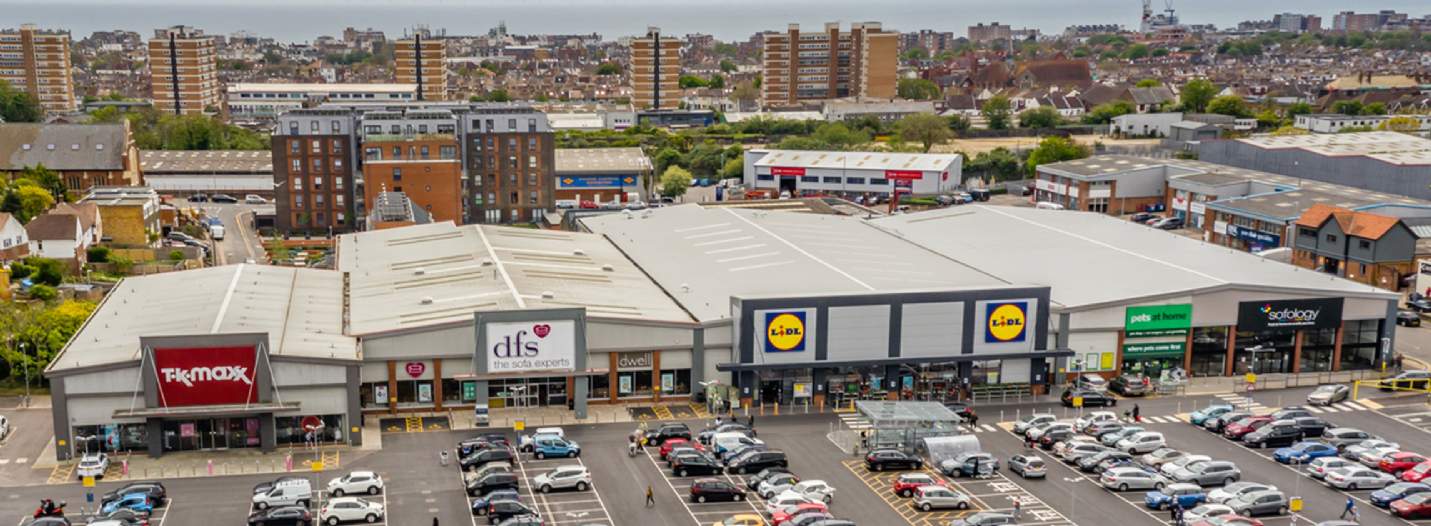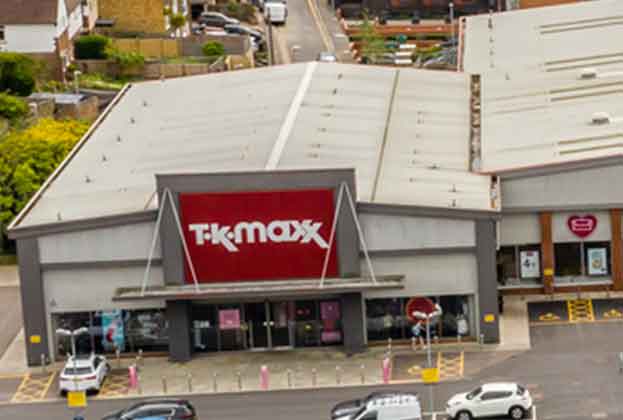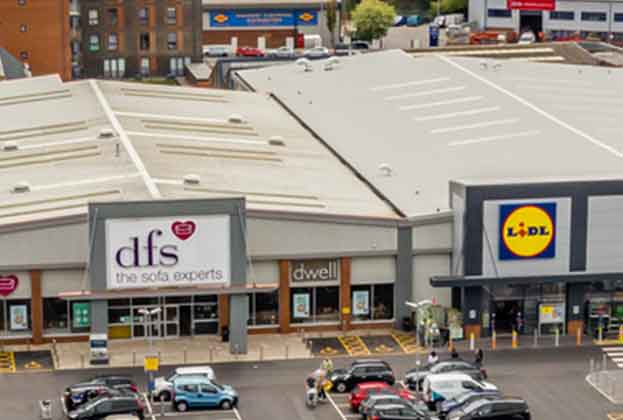Mixed messages around a surprisingly resilient consumer economy
UK retail consumer trends
The consumer economy is currently a swirl of mixed messages ranging from the better-than-expected economic outlook and wage inflation to the continued high price inflation and consumer concerns about what the Bank of England (BoE) might do with interest rates. On top of this, we have a recent cluster of retailer administrations and failures, and another winter ahead when heating costs could again become a major challenge to household incomes.
How much inflation is too much?
At the start of 2023, the economic outlook for the UK was looking pretty bleak for retailers and consumers alike. The BoE was forecasting a shallow but sustained recession, the medium-term outlook for the UK economy was to be the worst performer amongst the European economies, and we were still concerned that a colder-than-normal Q1 could have a dramatic impact on those households who were struggling with higher food and energy bills.
Six months on, you could argue that all of these negative concerns have disappeared. A UK recession is no longer the consensus view, the winter of 2022/23 was warmer than expected, and wage growth has accelerated. As a result, we have seen a perhaps surprising steady recovery in consumer confidence about the future, which has been underway since late last year (figure 1). Nevertheless, we are now struggling with the ‘second-round’ effects of some of these changes, which are looking likely to be more persistent than the direct and indirect effects of the initial shock of high energy prices.
Academic research suggests that, on average, there is an 18-month lag between an interest rate rise and its impact being felt in the wider economy. This means that consumers should only be starting to feel the early impacts now. The BoE’s announcement for August has been to increase interest rates by a further 25 bps (now at 5.25%), which perhaps explains why we have seen a downturn in GfK’s consumer confidence index in recent months, including consumer sentiment around their economic situation for the next year, as well as their appetite for major purchases.
From a retailer’s point of view, there are definitely reasons to be cheerful. Generally, it appears that higher input and operating costs have, to some degree, been successfully passed onto the shopper. Added to this are some areas where costs are lower (such as business rates and rents). However, the 7.3% increase in basic earnings for the three months to end May cuts both ways in terms of retailer’s pay bills and the ability of their customers to pay higher prices.
While the latest wage growth data surprised on the upside, the rise in the unemployment rate from 3.8% to 4.0% surprised on the downside
Sam Arrowsmith, Director, Commercial Research
While the latest wage growth data surprised on the upside, the rise in the unemployment rate from 3.8% to 4.0% surprised on the downside. While we do not believe that this rise is enough to derail the steady recovery in consumer confidence about the future that has been underway since late last year, it might give the BoE some comfort that the tight labour market is beginning to loosen, which, in turn, might mean that wage inflation is on the cusp of beginning to cool.
This is particularly important for the outlook for the consumer economy, as the negative impact of 14 back-to-back interest rate rises appears to have been relatively minimal so far. However, we do not believe that this consumer resilience can last in the face of further rises in the cost of money.
Read the articles within Spotlight: UK Retail Warehousing below.


